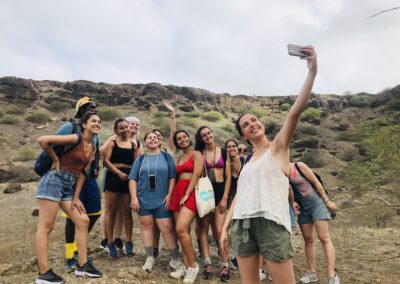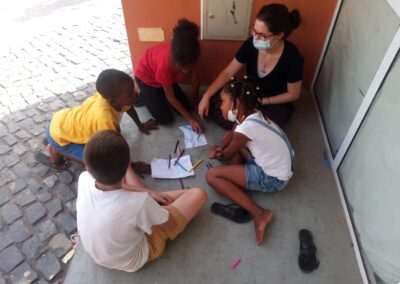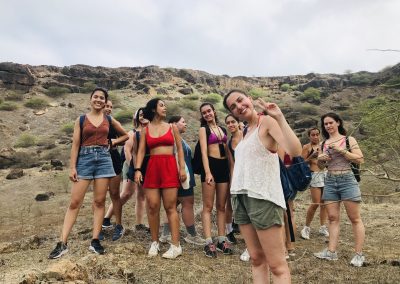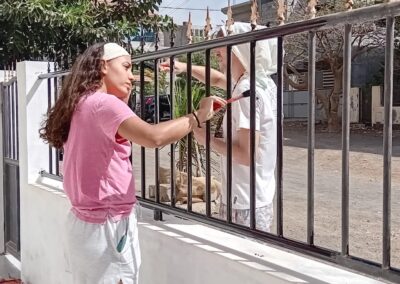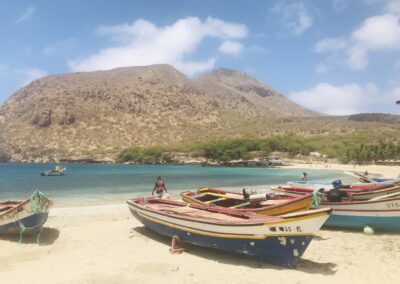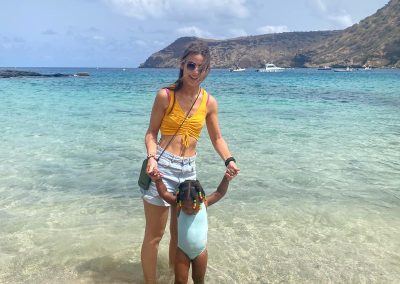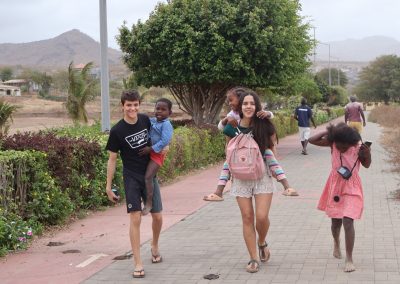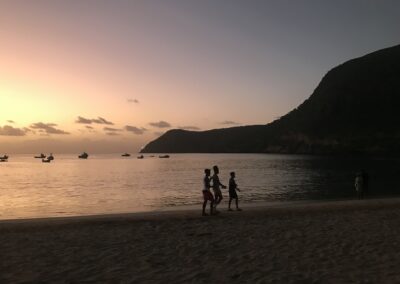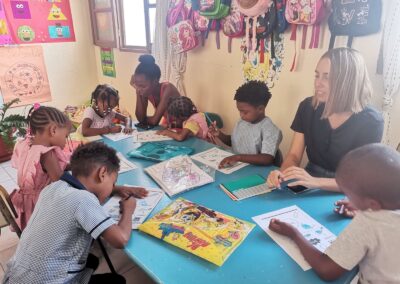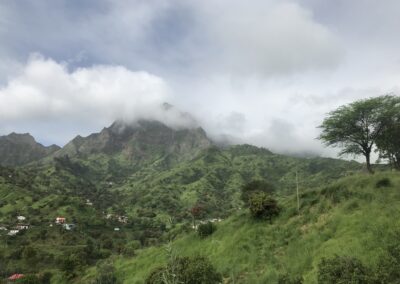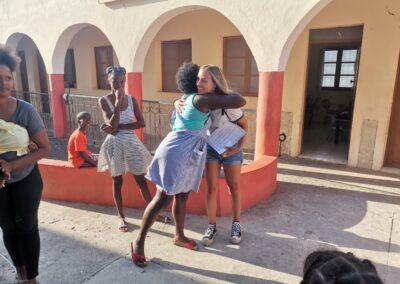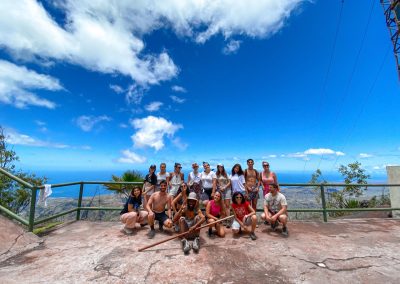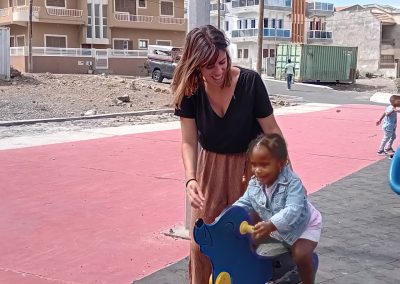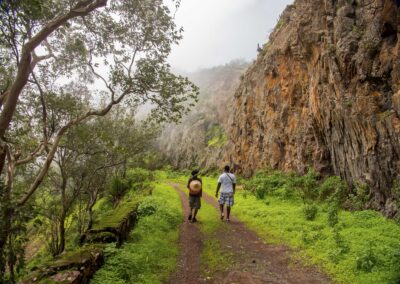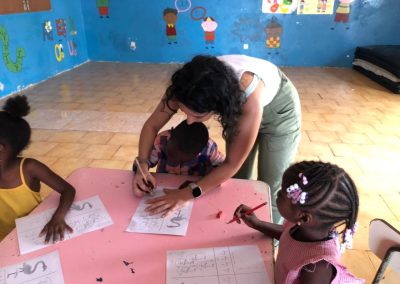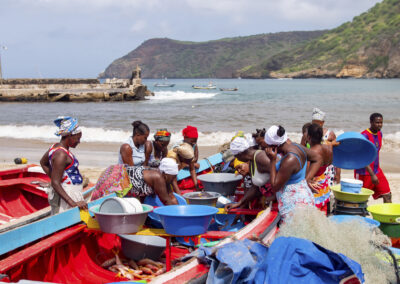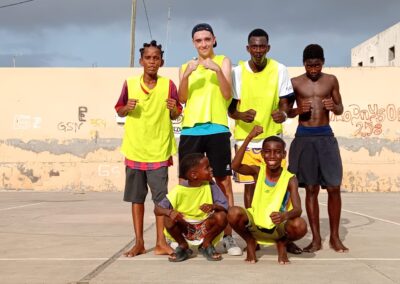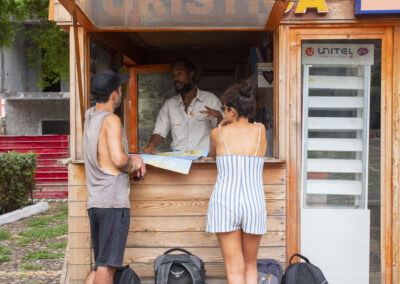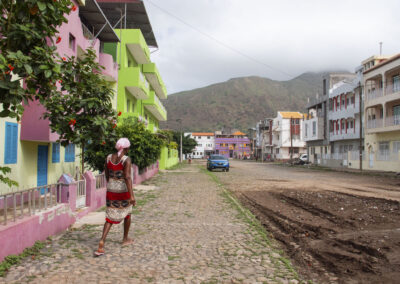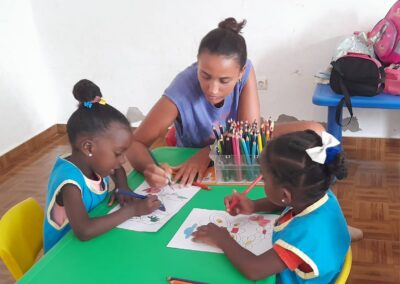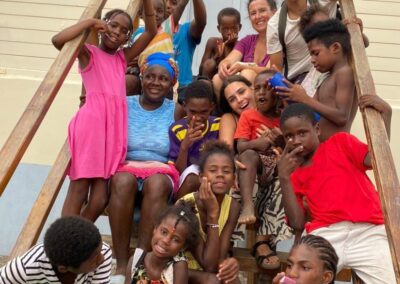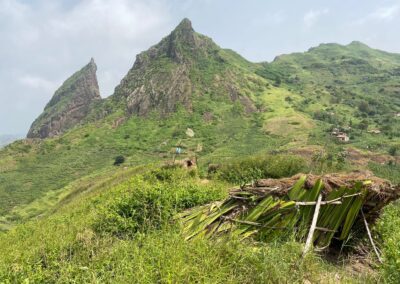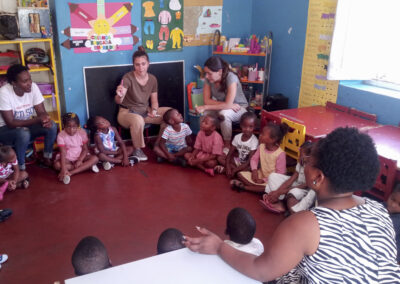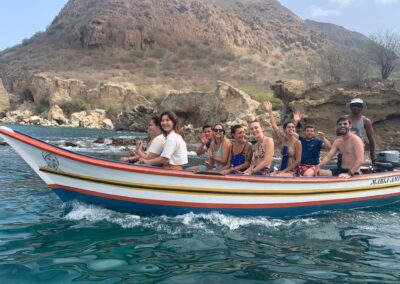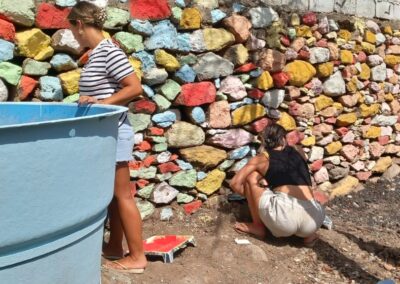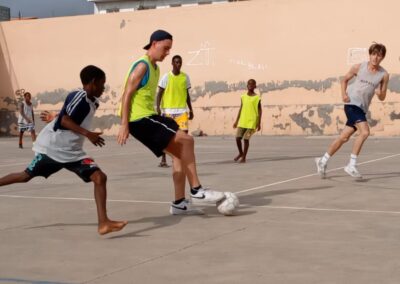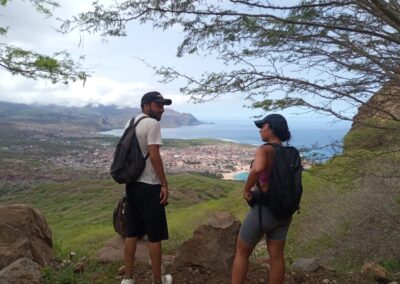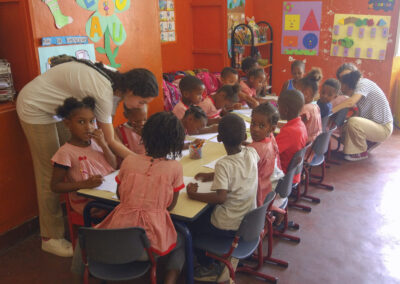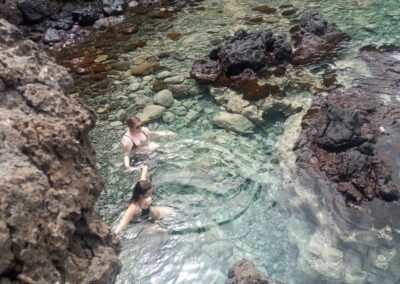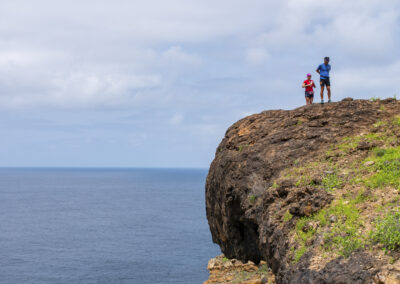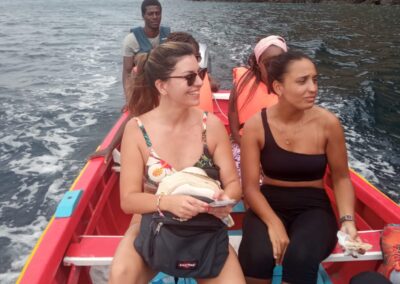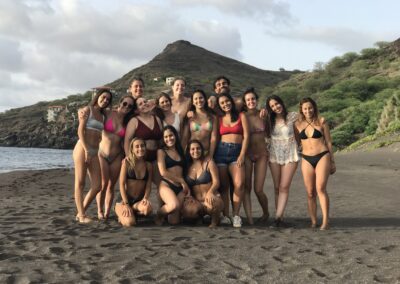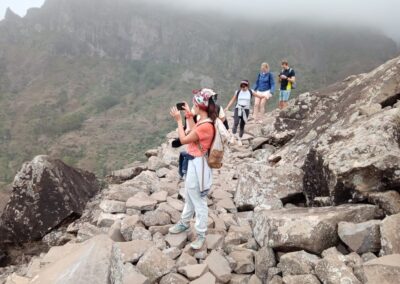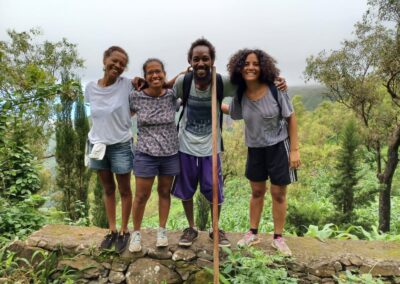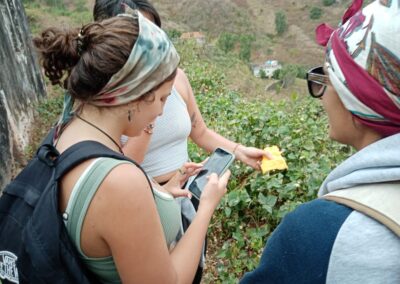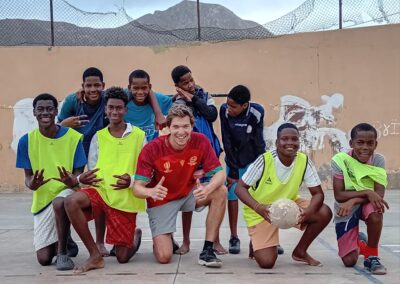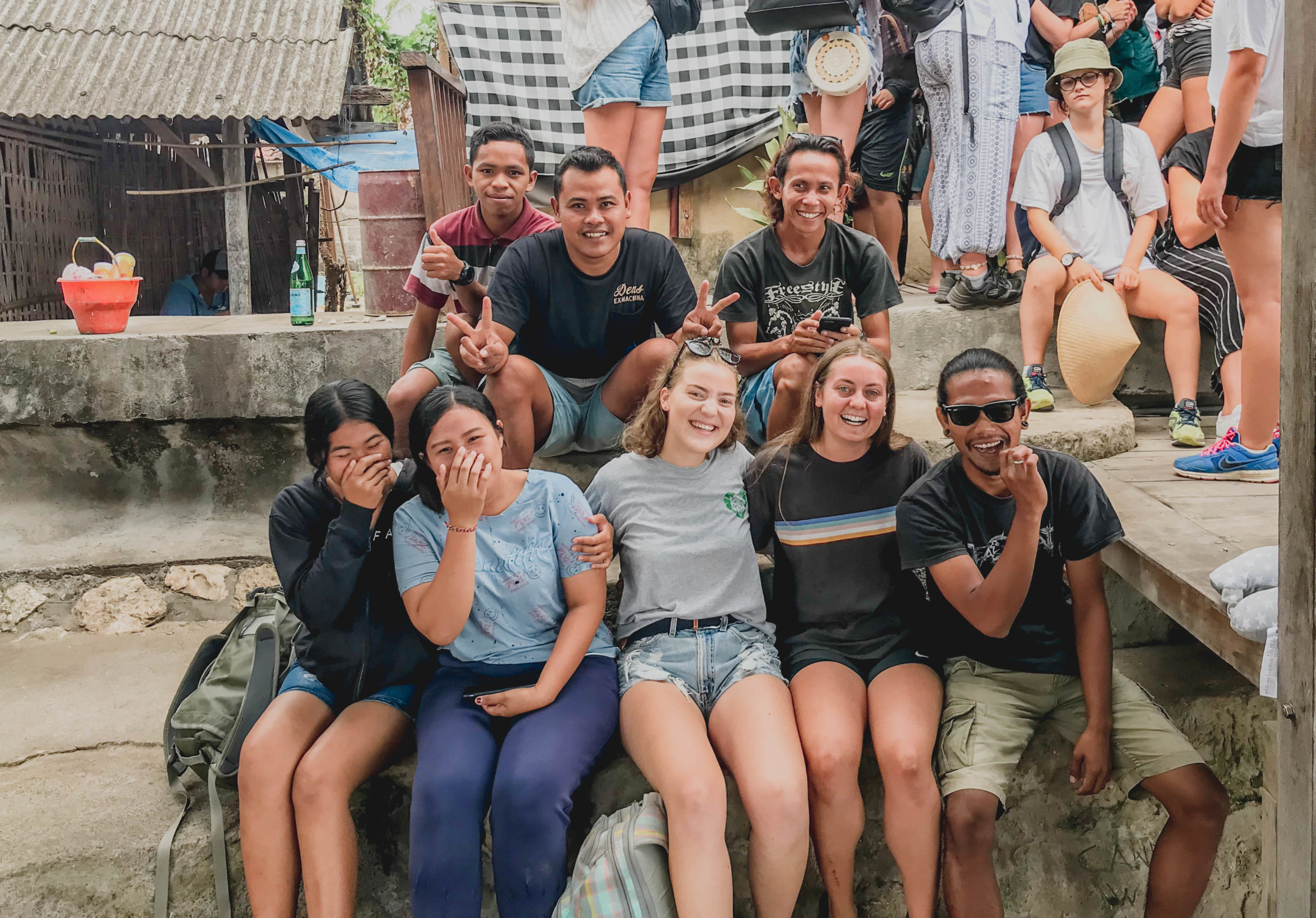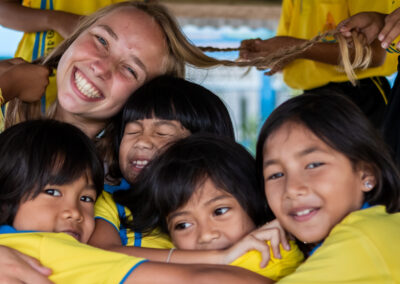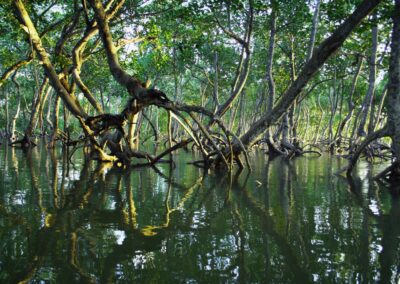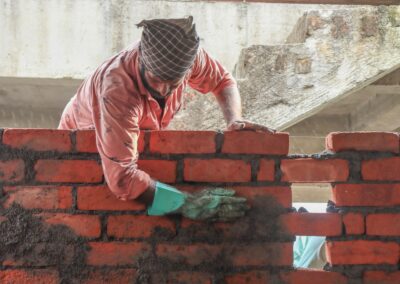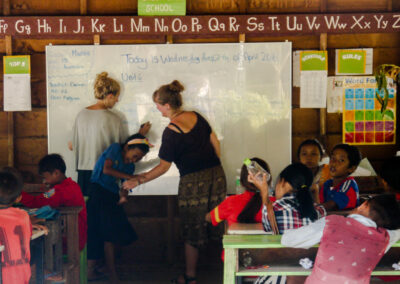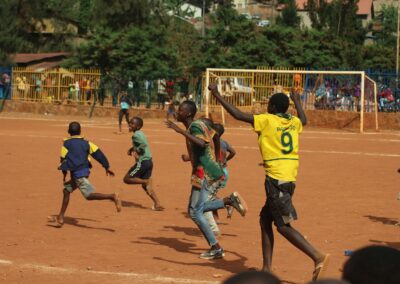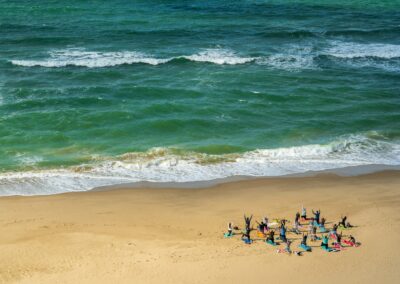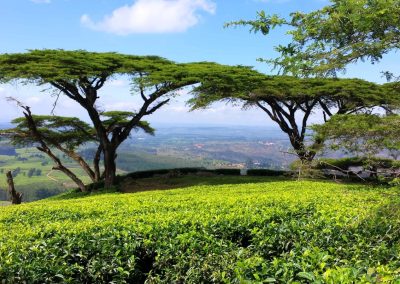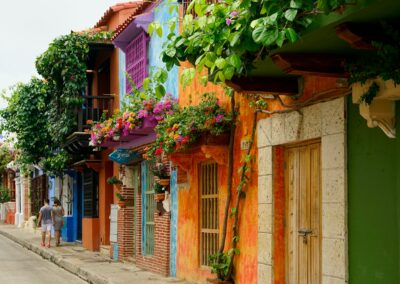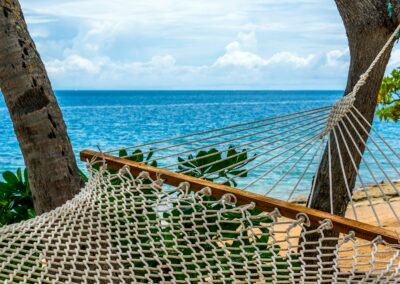What Can I Do in My Free Time?
Tarrafal is a relaxed beach town with a lot to explore. You can swim, snorkel, or just chill on the white-sand beach. There are scenic coastal walks, nearby hikes, and local markets for souvenirs and street snacks. On weekends, visit nearby villages, explore the Serra Malagueta mountains, or join optional activities like Cape Verdean dance or cooking classes. Whether you're after adventure or downtime, there's a good mix of both.
How Much Should I Budget Per Day?
Tarrafal is affordable if you eat local and use shared transport. Budget around 1,500–2,500 CVE per day (approx. €13–€22 or US$14–$24) for meals, transport, and extras. Local dishes are cheap and hearty, and there are small cafés and bakeries for snacks. Add a bit more if you plan weekend trips or want to try activities like surfing or boat tours.
When’s the Best Time to Travel to Cape Verde?
Cape Verde is warm and sunny year-round. The best time to visit is November to June, when it’s dry, breezy, and ideal for beach days and hiking. December to February is peak season, with more tourists and higher prices. For a quieter trip, aim for March, May, or early November—great weather with fewer crowds. July to October is hotter and more humid, with some short tropical showers, but still good if you’re looking to avoid peak-season costs.
Food in Cape Verde
Food in Tarrafal is simple, fresh, and filling. Expect dishes like cachupa (a local stew), grilled fish, rice, beans, and fried snacks like pastel com diablo. Meat and seafood are common, but vegetarian options using local produce are usually available. You’ll find a few Western-style cafés, but most meals reflect local island life.
Getting Around in Cape Verde
In Tarrafal, most things are walkable, but shared minibuses (alugueres) make it easy to reach nearby areas. Taxis are available but cost more. If you plan to visit other parts of Santiago Island, alugueres are budget-friendly and reliable, though not always on a fixed schedule. We don’t provide free transport between towns, so plan and budget accordingly.
Culture in Cape Verde
Tarrafal has a strong sense of local pride and Cape Verdean culture. Life moves slowly and music is everywhere—especially morna and funaná. People speak both Portuguese and Cape Verdean Creole, and most are welcoming and community-oriented. Catholicism is the main religion, but the atmosphere is open and easygoing.
Climate in Cape Verde
Tarrafal has a warm, dry climate most of the year. Daytime temps usually sit between 25–30°C, with steady sea breezes. November to June is dry and ideal for outdoor plans. July to October sees short bursts of rain, but nothing that usually lasts long. Light, breathable clothing and sun protection are key.

